Home>Home Appliances>Kitchen Appliances>How To Dehydrate Lemons In A Dehydrator


Kitchen Appliances
How To Dehydrate Lemons In A Dehydrator
Modified: February 18, 2024
Learn how to dehydrate lemons in a dehydrator with our easy kitchen-appliances guide. Enjoy delicious dried lemons for your recipes!
(Many of the links in this article redirect to a specific reviewed product. Your purchase of these products through affiliate links helps to generate commission for Storables.com, at no extra cost. Learn more)
Introduction
Welcome to the delightful world of dehydrating lemons! Whether you're a seasoned culinary enthusiast or a newcomer to the art of food preservation, dehydrating lemons in a dehydrator is a fantastic way to elevate your culinary creations and enjoy the vibrant flavor of this citrus fruit year-round.
Dehydrated lemons are incredibly versatile and can be used in an array of dishes, from savory to sweet. Their intense citrusy flavor and appealing aroma make them a valuable addition to your pantry. Plus, dehydrating lemons is a wonderful method for reducing food waste, as it allows you to extend the shelf life of this beloved fruit.
In this comprehensive guide, we'll delve into the art of dehydrating lemons in a dehydrator, covering everything from selecting the finest lemons to storing the dehydrated slices for future use. By the end of this journey, you'll be equipped with the knowledge and confidence to embark on your own lemon dehydration adventure, infusing your culinary creations with the zesty essence of this beloved fruit. So, let's embark on this flavorful journey and uncover the secrets of dehydrating lemons to perfection!
Key Takeaways:
- Elevate your culinary creations and reduce food waste by dehydrating lemons in a dehydrator. Enjoy the vibrant flavor year-round and infuse your dishes with a burst of citrusy goodness!
- Select firm, vibrant lemons and prepare them meticulously for optimal dehydration. Store the dehydrated slices in a cool, dark place to preserve their intense citrus flavor and versatility.
Read more: How To Store Dehydrated Lemons
Choosing the Right Lemons
When it comes to dehydrating lemons, selecting the right fruit is paramount to achieving exceptional results. The ideal lemons for dehydration are those that are firm, vibrant in color, and free from blemishes. Here are some essential tips to consider when choosing lemons for dehydration:
- Opt for Organic Lemons: Whenever possible, choose organic lemons to ensure that they are free from harmful pesticides and chemicals. Organic lemons also tend to have a more robust flavor, making them perfect for dehydrating.
- Look for Firmness: Select lemons that are firm to the touch, indicating that they are fresh and packed with flavorful juices. Avoid lemons that feel soft or spongy, as they may be overripe.
- Check for Vibrant Color: Choose lemons with a bright, vibrant yellow hue. Avoid lemons with dull or pale skin, as they may be past their prime and lacking in flavor.
- Avoid Blemishes: Inspect the lemons for any blemishes, mold, or soft spots. It’s essential to choose lemons that are free from imperfections, as these can impact the quality of the dehydrated slices.
By carefully selecting the finest lemons for dehydration, you can ensure that your dehydrated slices will boast a delightful flavor and captivating aroma, enhancing the overall appeal of your culinary creations.
Preparing the Lemons
Before diving into the dehydrating process, it’s crucial to prepare the lemons properly to ensure optimal results. The following steps will guide you through the essential preparations for dehydrating lemons:
- Thoroughly Wash the Lemons: Begin by washing the lemons under running water to remove any dirt, debris, or residual pesticides. Gently scrub the skin with a produce brush to ensure that the lemons are clean and free from impurities.
- Slice the Lemons Uniformly: Using a sharp knife, carefully slice the lemons into uniform slices, approximately 1/8 to 1/4 inch thick. Consistent slicing ensures that the lemons dehydrate evenly, resulting in uniform texture and flavor.
- Remove the Seeds: After slicing the lemons, take the time to remove any visible seeds from the slices. This step prevents the seeds from imparting a bitter taste during the dehydration process.
- Optional: Blanche the Lemon Slices (Recommended for Zest): If you plan to use the lemon zest in your culinary creations, consider blanching the lemon slices in boiling water for a brief moment before dehydrating them. Blanching helps to soften the peel and makes it easier to remove the zest, which can then be dehydrated separately for future use.
By meticulously preparing the lemons for dehydration, you’ll set the stage for a successful and flavorful drying process. These preparatory steps ensure that the dehydrated lemons retain their vibrant color, intense flavor, and appealing texture, ready to infuse your dishes with a burst of citrusy goodness.
Before dehydrating lemons in a dehydrator, make sure to slice them thinly and evenly to ensure they dry out properly. This will help them dehydrate more evenly and efficiently.
Dehydrating the Lemons
Now that the lemons are meticulously prepared, it’s time to embark on the dehydrating process. Using a dehydrator offers a convenient and efficient way to dry the lemon slices, preserving their intense flavor and vibrant color. Follow these steps to dehydrate the lemons to perfection:
- Arrange the Lemon Slices on the Dehydrator Trays: Lay out the prepared lemon slices in a single layer on the dehydrator trays, ensuring that there is ample space between each slice. This allows for proper air circulation, facilitating even dehydration.
- Set the Dehydrator to the Appropriate Temperature: Consult the dehydrator’s manual to determine the recommended temperature for dehydrating citrus fruits. In general, temperatures between 125°F and 135°F (approximately 51°C to 57°C) are suitable for dehydrating lemons.
- Monitor the Dehydrating Process: Allow the lemon slices to dehydrate for approximately 8 to 12 hours, periodically checking their progress. The exact drying time may vary based on factors such as slice thickness, humidity, and the dehydrator’s specific settings.
- Check for Desired Texture: The dehydrated lemon slices are ready when they are firm and dry to the touch, with a slightly leathery texture. They should not feel sticky or moist. If the slices bend instead of snapping when you try to break them, they require further dehydration.
- Rotate the Trays (If Necessary): If your dehydrator has multiple trays, consider rotating them during the dehydration process to ensure uniform drying, especially if certain trays are positioned closer to the heat source.
Throughout the dehydration process, the dehydrator gently removes the moisture from the lemon slices, intensifying their citrus flavor and preserving their essential nutrients. Once the slices have achieved the desired texture, they are ready to be stored for future use in a variety of culinary applications.
Storing Dehydrated Lemons
After successfully dehydrating the lemon slices, proper storage is essential to maintain their quality and flavor over time. Follow these guidelines to ensure that your dehydrated lemons remain fresh and ready to enhance your culinary creations:
- Cool the Dehydrated Lemon Slices: Allow the dehydrated lemon slices to cool completely before proceeding with the storage process. This helps to prevent condensation from forming inside the storage container.
- Choose an Airtight Container: Transfer the cooled lemon slices to a clean, airtight container such as glass jars or food-grade plastic containers. A tight seal helps to protect the slices from exposure to moisture and air, which can compromise their quality.
- Store in a Cool, Dark Place: Place the sealed container of dehydrated lemon slices in a cool, dark pantry or cupboard. Exposure to direct sunlight can cause the slices to degrade more rapidly, so it’s essential to store them in a dimly lit environment.
- Avoid Moisture and Heat: Keep the dehydrated lemon slices away from areas of high humidity and heat, as these conditions can lead to moisture absorption and potential spoilage. A dry, cool storage area helps to prolong the shelf life of the dehydrated slices.
- Label and Date the Container: To maintain organization and track the freshness of the dehydrated lemon slices, label the container with the date of dehydration. This simple step allows you to prioritize the use of older slices first, ensuring that they are enjoyed at their peak quality.
By adhering to these storage practices, you can extend the shelf life of your dehydrated lemon slices, preserving their intense citrus flavor and versatility for use in an array of culinary endeavors. Whether you’re incorporating them into savory dishes, infusing them into beverages, or using them as a zesty garnish, your stored dehydrated lemons are poised to elevate your culinary creations.
Read more: How To Dry Lemon Balm In A Dehydrator
Conclusion
Congratulations on mastering the art of dehydrating lemons in a dehydrator! By carefully selecting the finest lemons, meticulously preparing them, and skillfully dehydrating the slices, you’ve embarked on a flavorful journey that promises to enhance your culinary creations with the vibrant essence of citrus.
Dehydrated lemons offer a myriad of culinary possibilities, adding a burst of zesty flavor and captivating aroma to an array of dishes. Whether you’re infusing them into teas and beverages, incorporating them into marinades and dressings, or using them as a delightful garnish, the versatility of dehydrated lemons knows no bounds.
Moreover, the process of dehydrating lemons is a wonderful way to reduce food waste and extend the shelf life of this beloved fruit, allowing you to enjoy its delightful flavor year-round. The convenience of having dehydrated lemons at your fingertips opens the door to endless culinary creativity, empowering you to experiment with new flavors and elevate your dishes to new heights.
As you savor the fruits of your labor – quite literally – with dehydrated lemons gracing your culinary repertoire, remember that the journey doesn’t end here. Embrace the joy of experimentation, and don’t hesitate to explore new ways to incorporate dehydrated lemons into your cooking and baking endeavors. The subtle tang and aromatic zest of these preserved citrus slices are sure to leave a lasting impression on your culinary creations and the palates of those who indulge in them.
So, armed with the knowledge and expertise gained from this guide, continue to infuse your culinary creations with the delightful essence of dehydrated lemons, and let your creativity flourish in the kitchen. Here’s to the vibrant flavors and endless possibilities that dehydrated lemons bring to your table!
Frequently Asked Questions about How To Dehydrate Lemons In A Dehydrator
Was this page helpful?
At Storables.com, we guarantee accurate and reliable information. Our content, validated by Expert Board Contributors, is crafted following stringent Editorial Policies. We're committed to providing you with well-researched, expert-backed insights for all your informational needs.
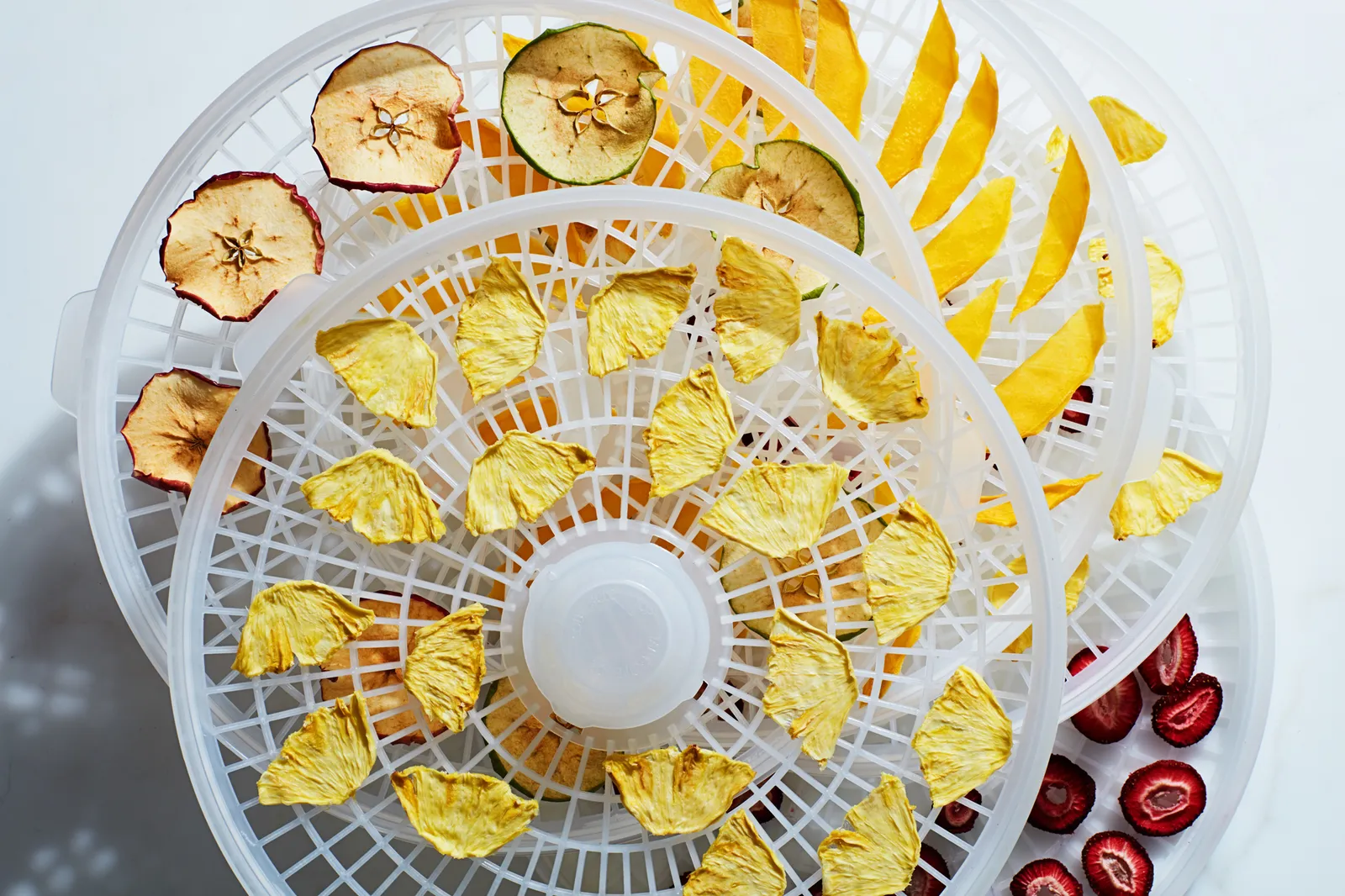
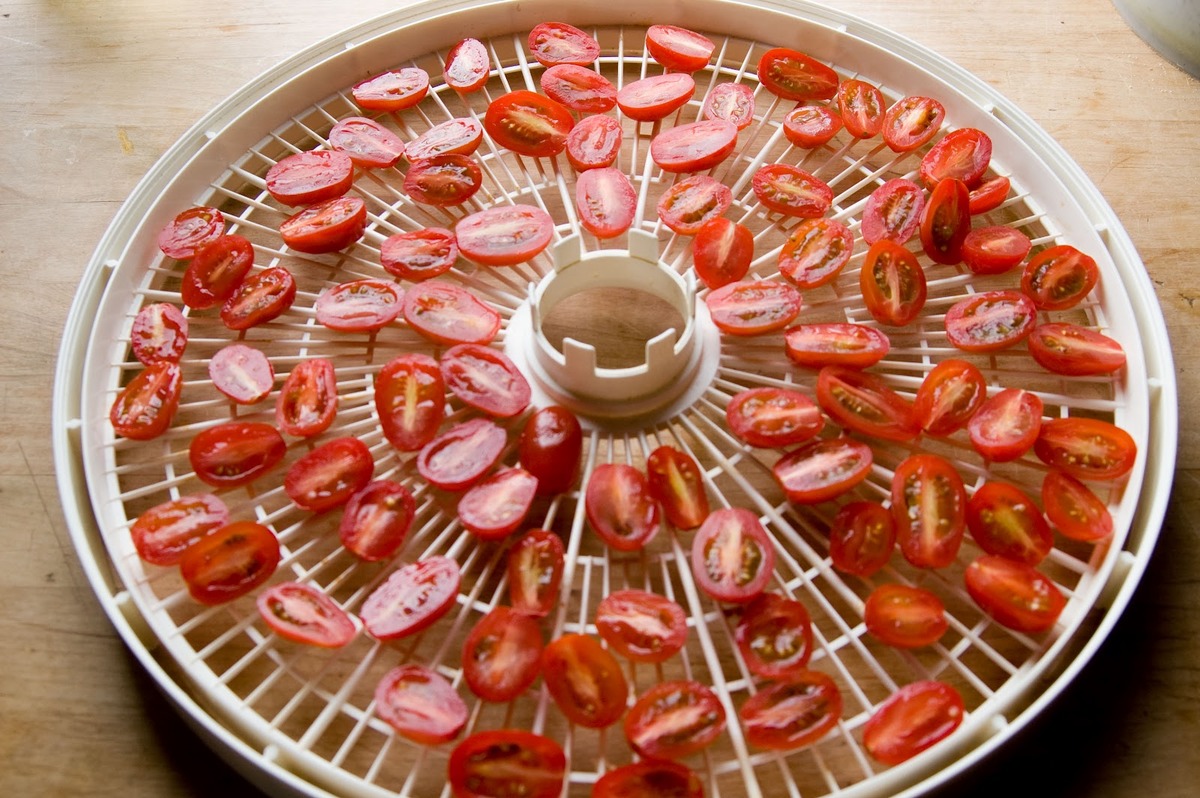
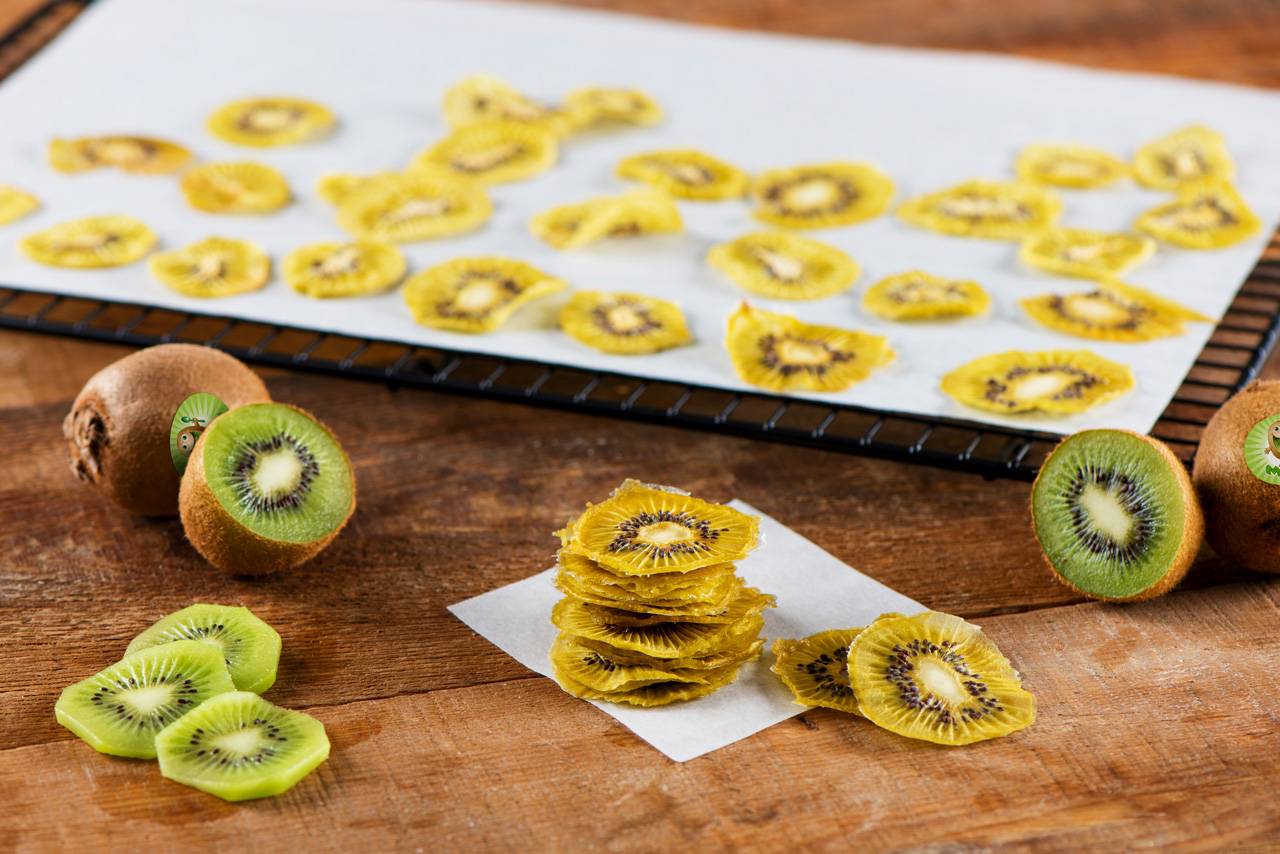

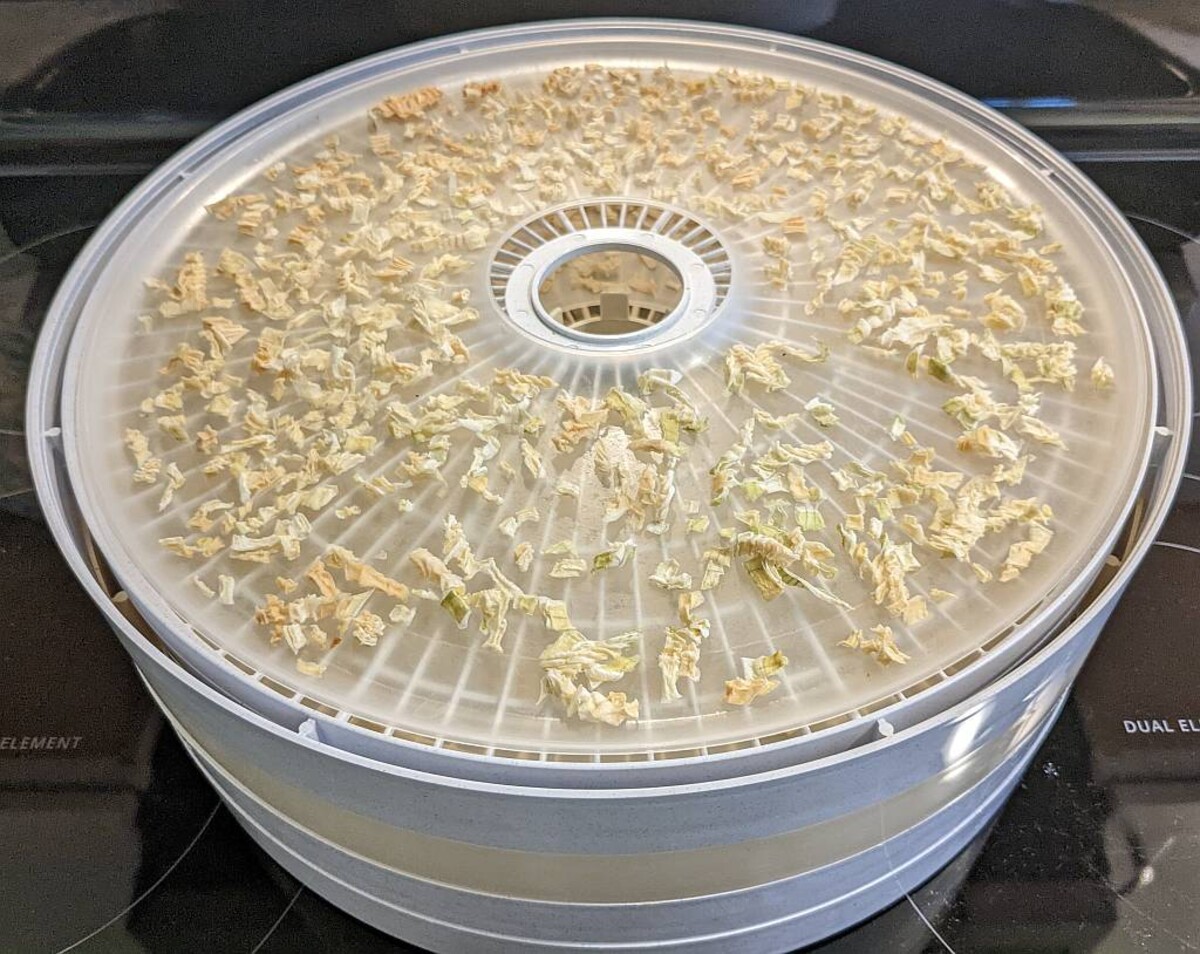
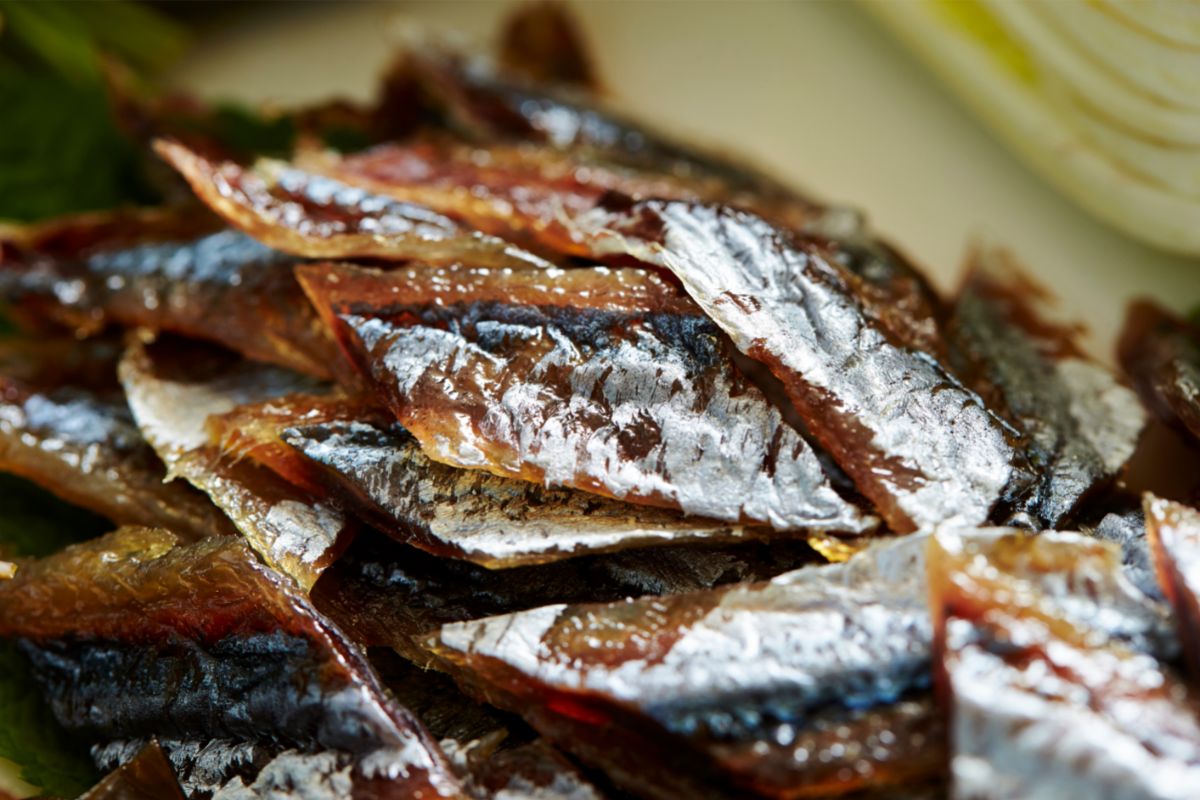
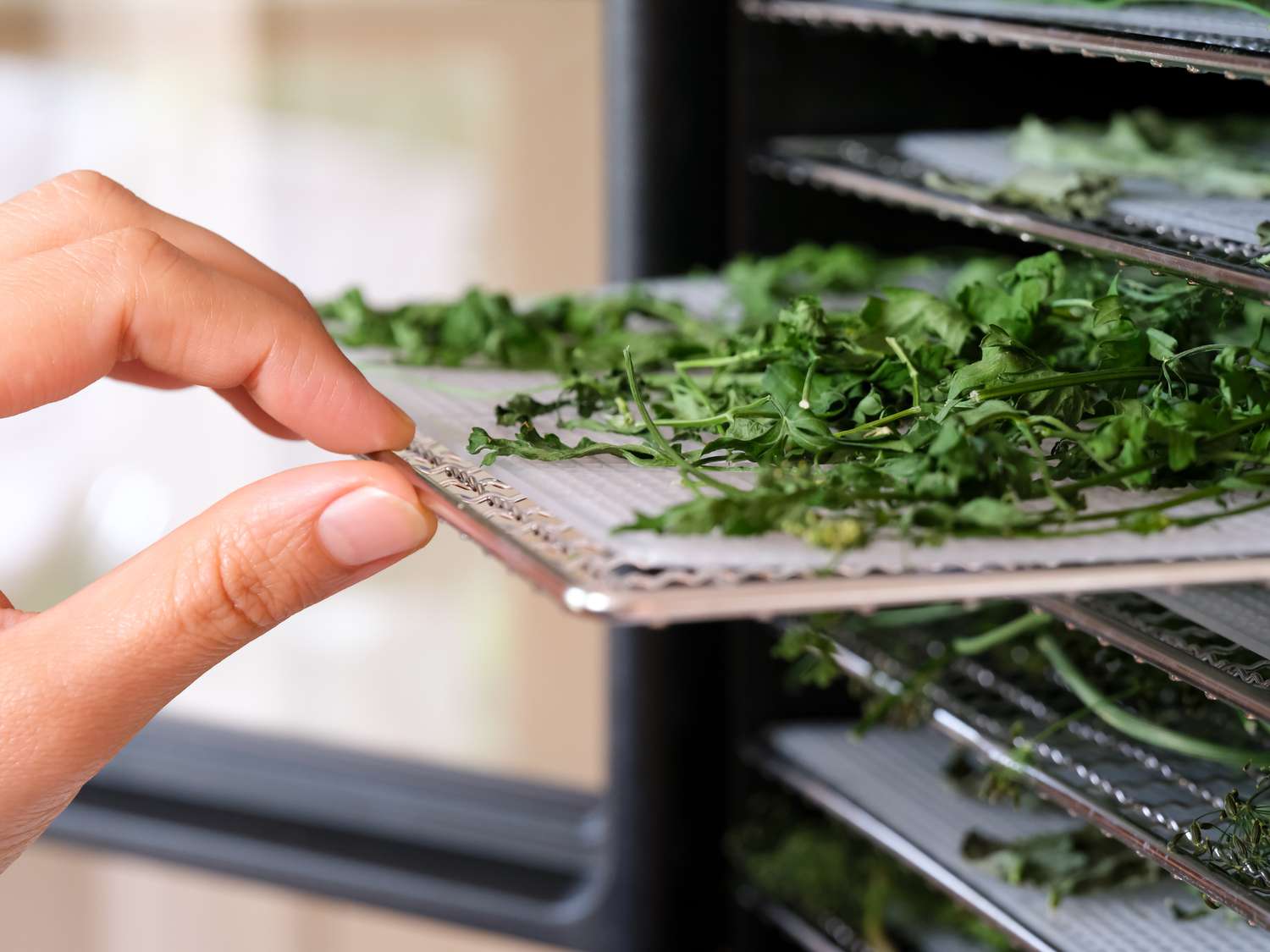
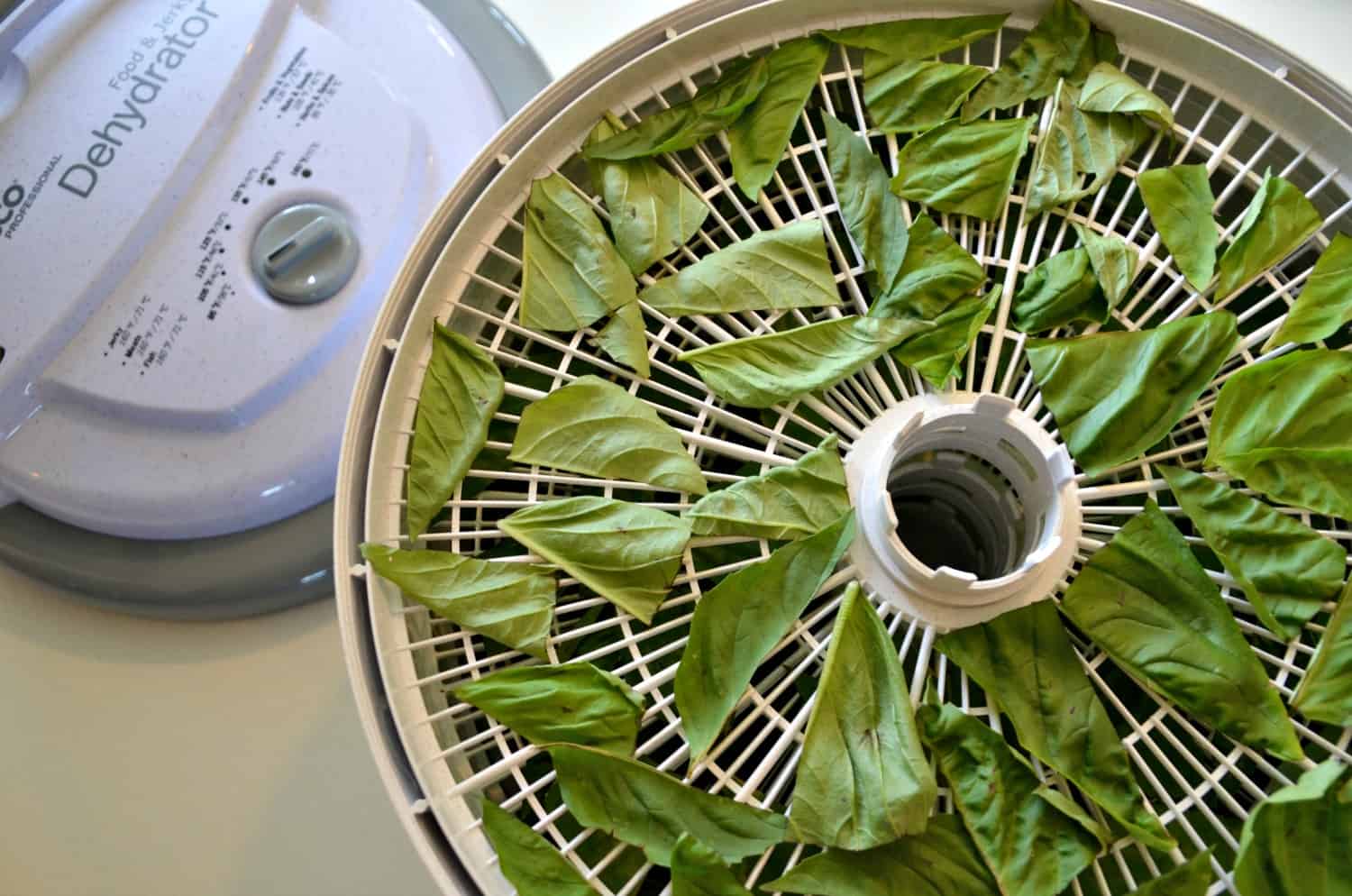
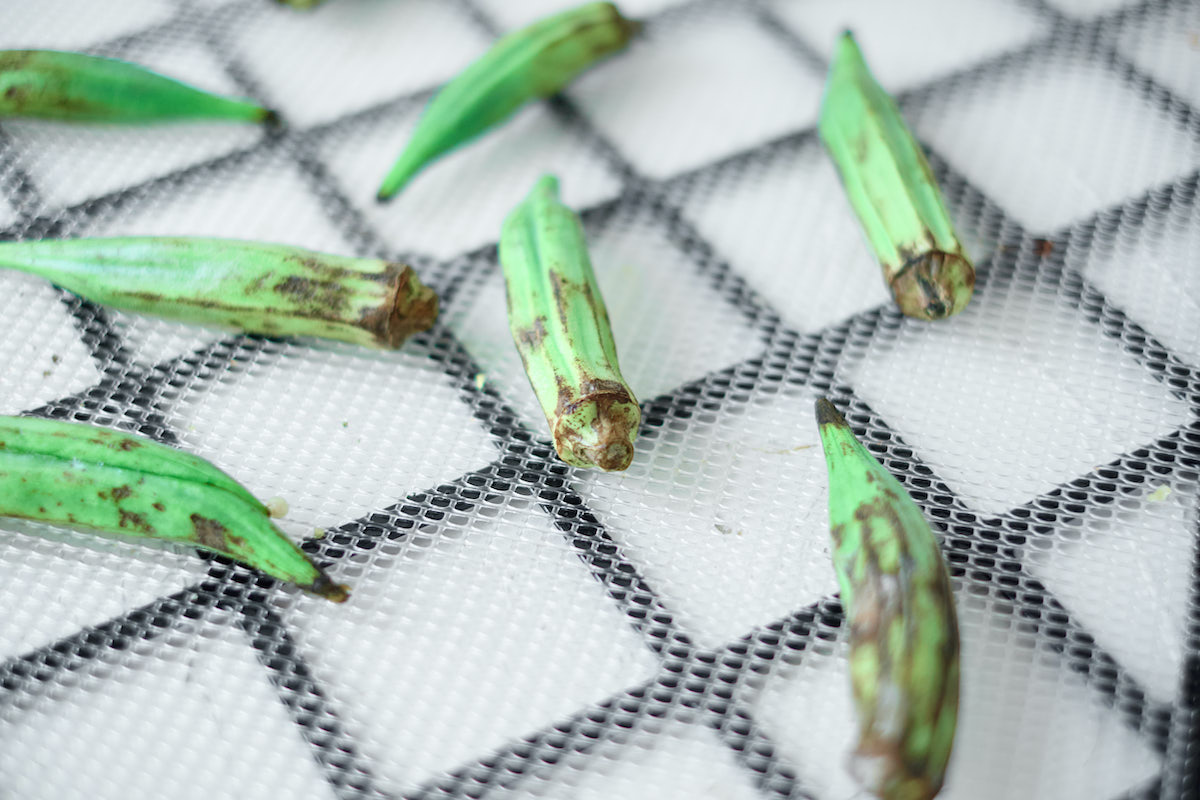
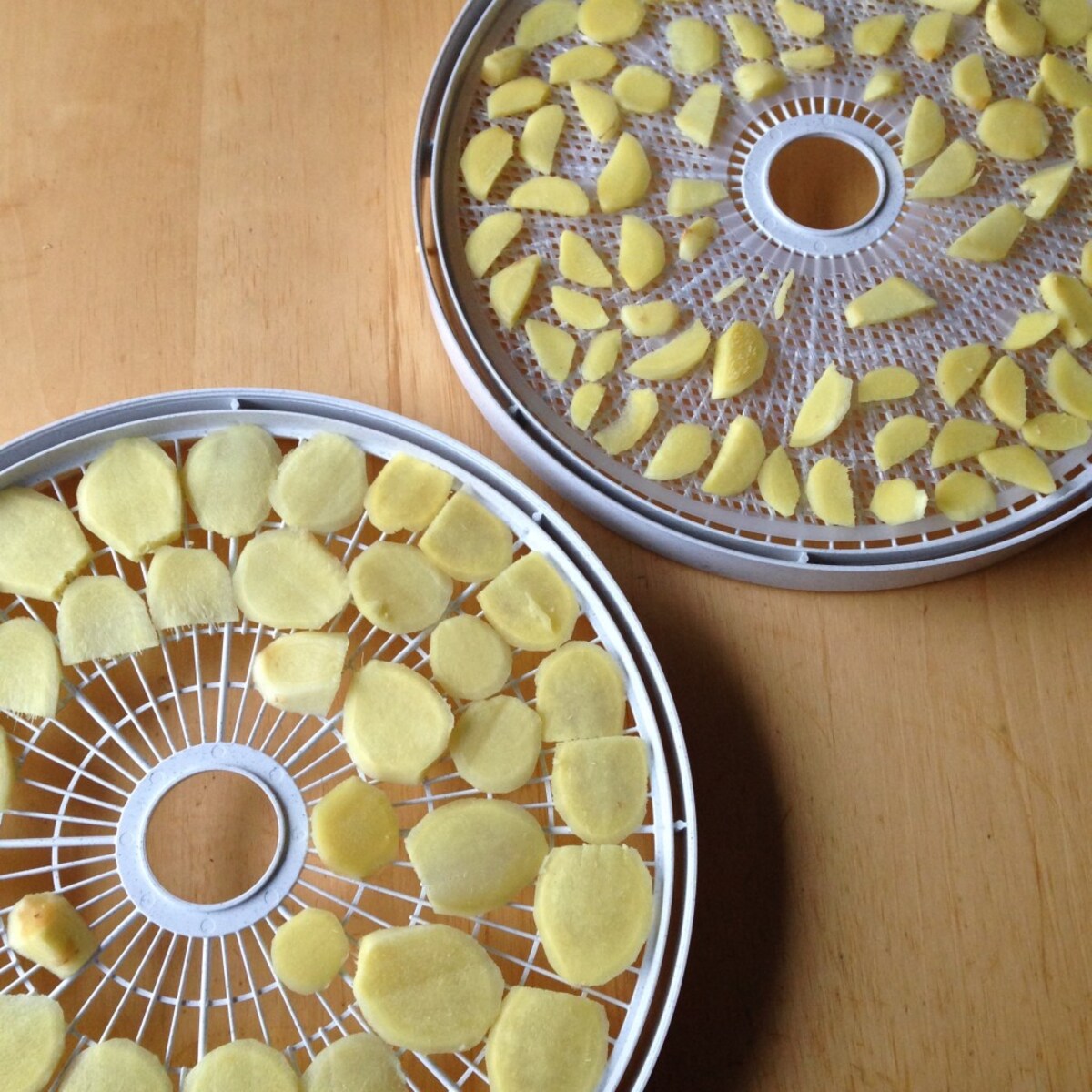
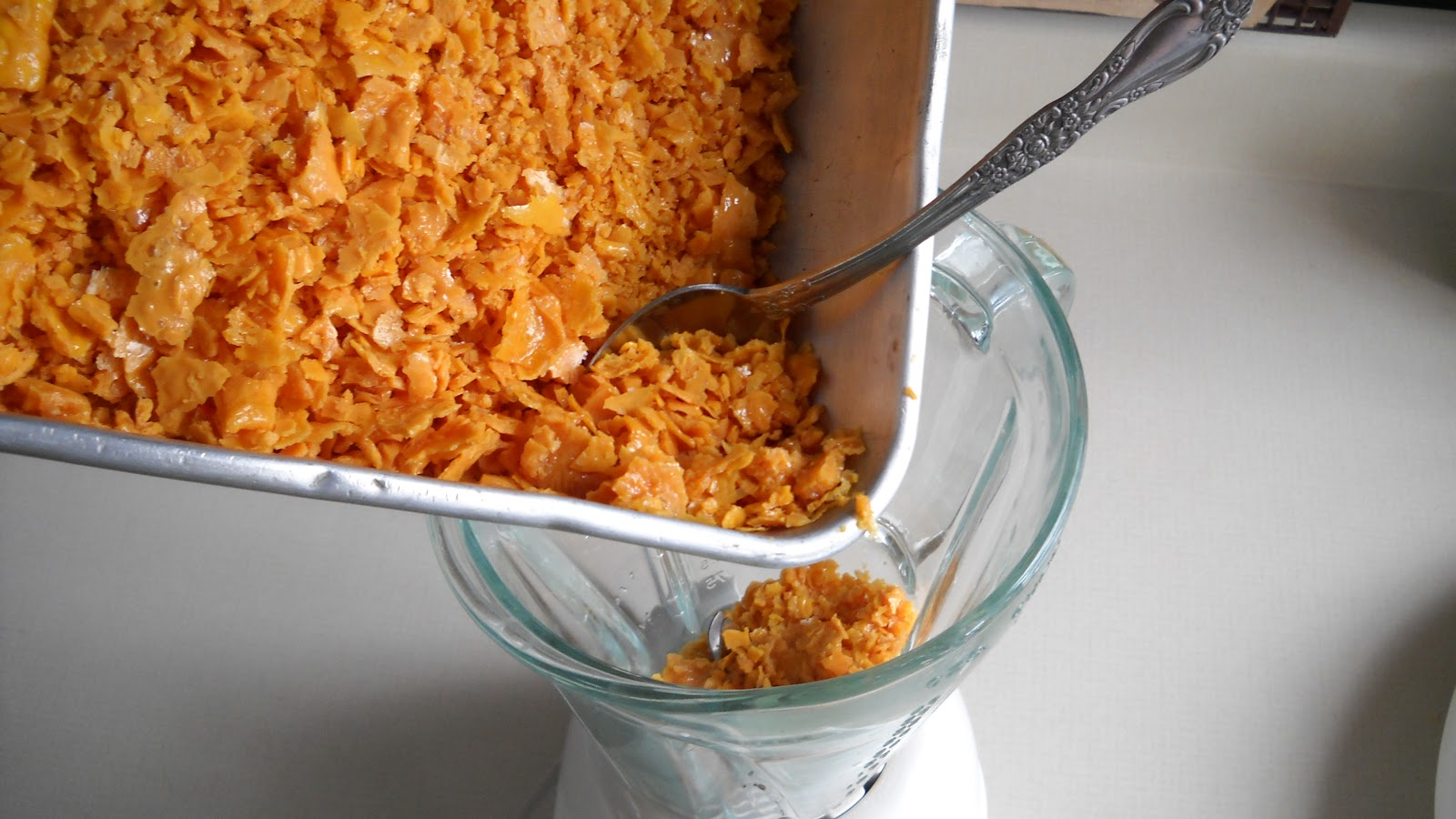
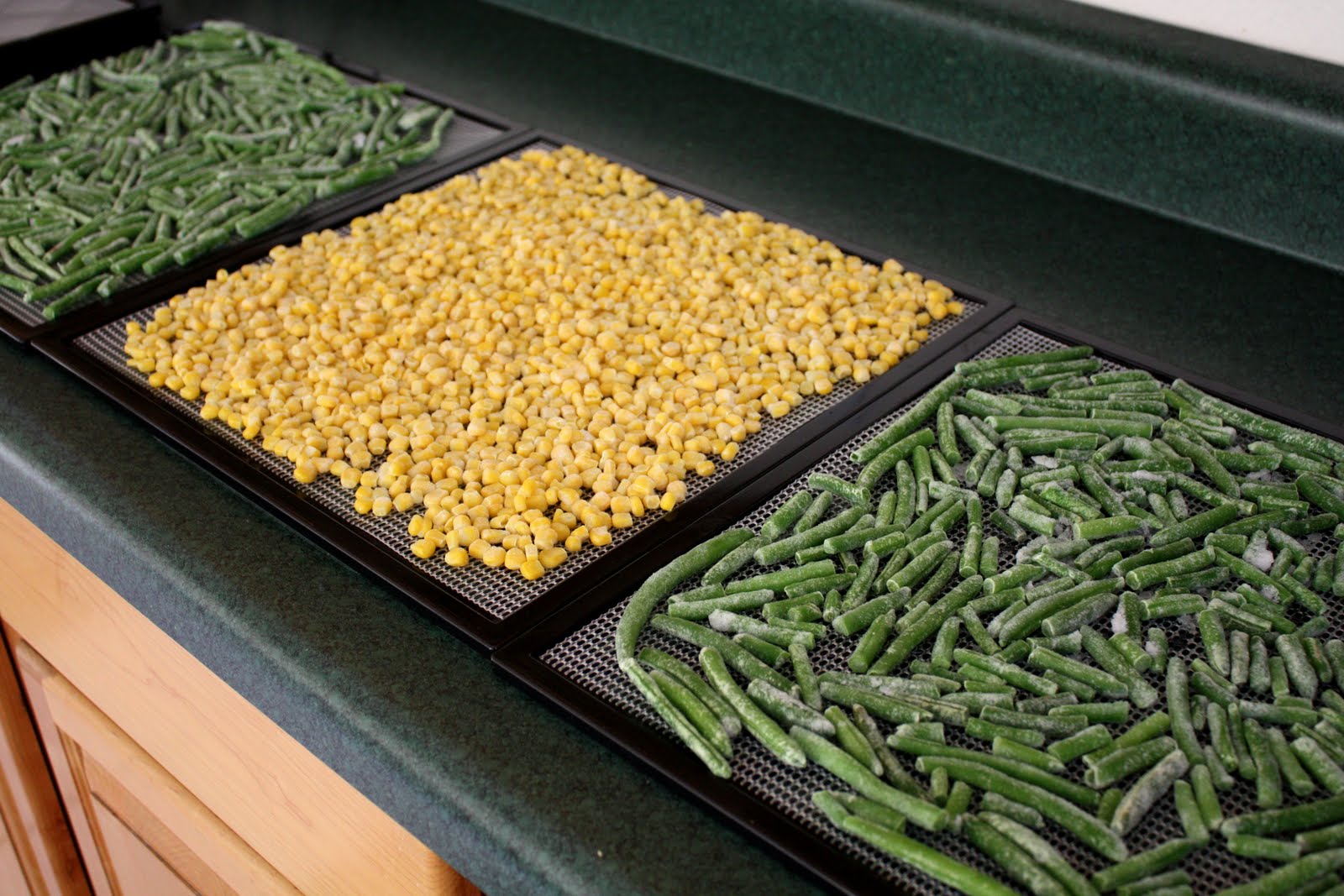
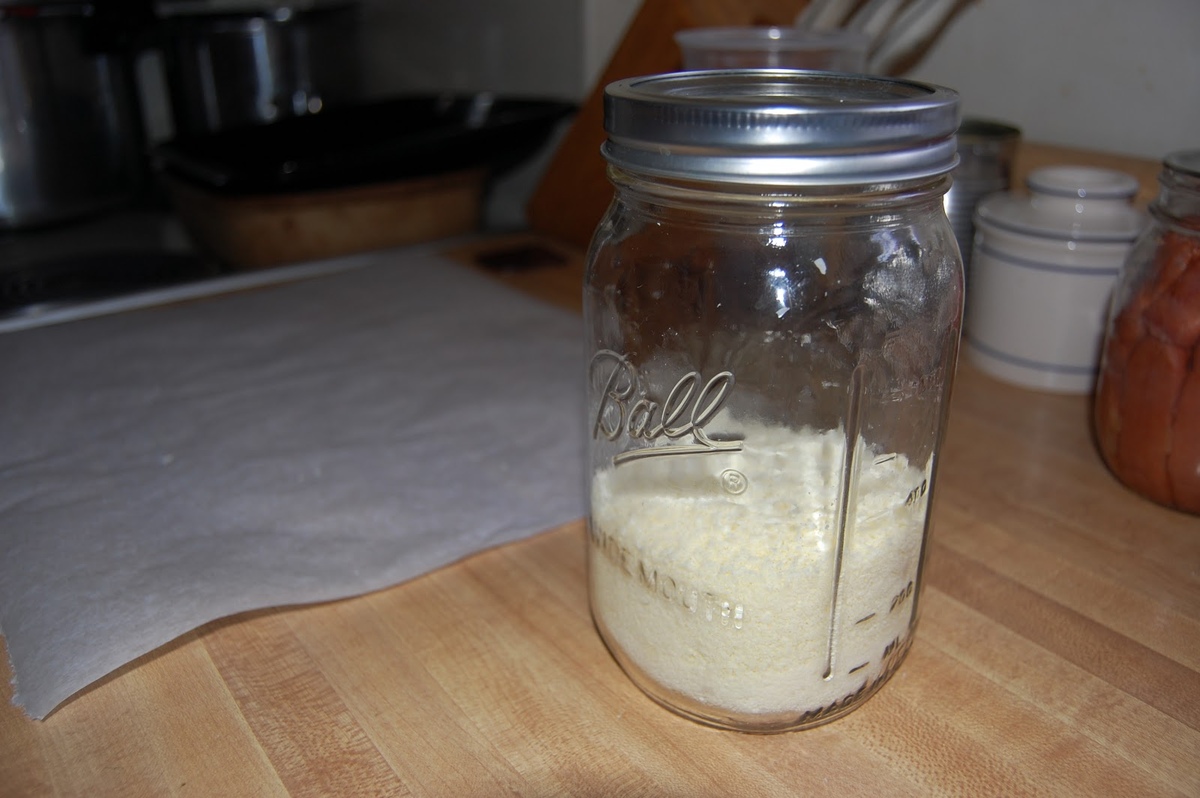
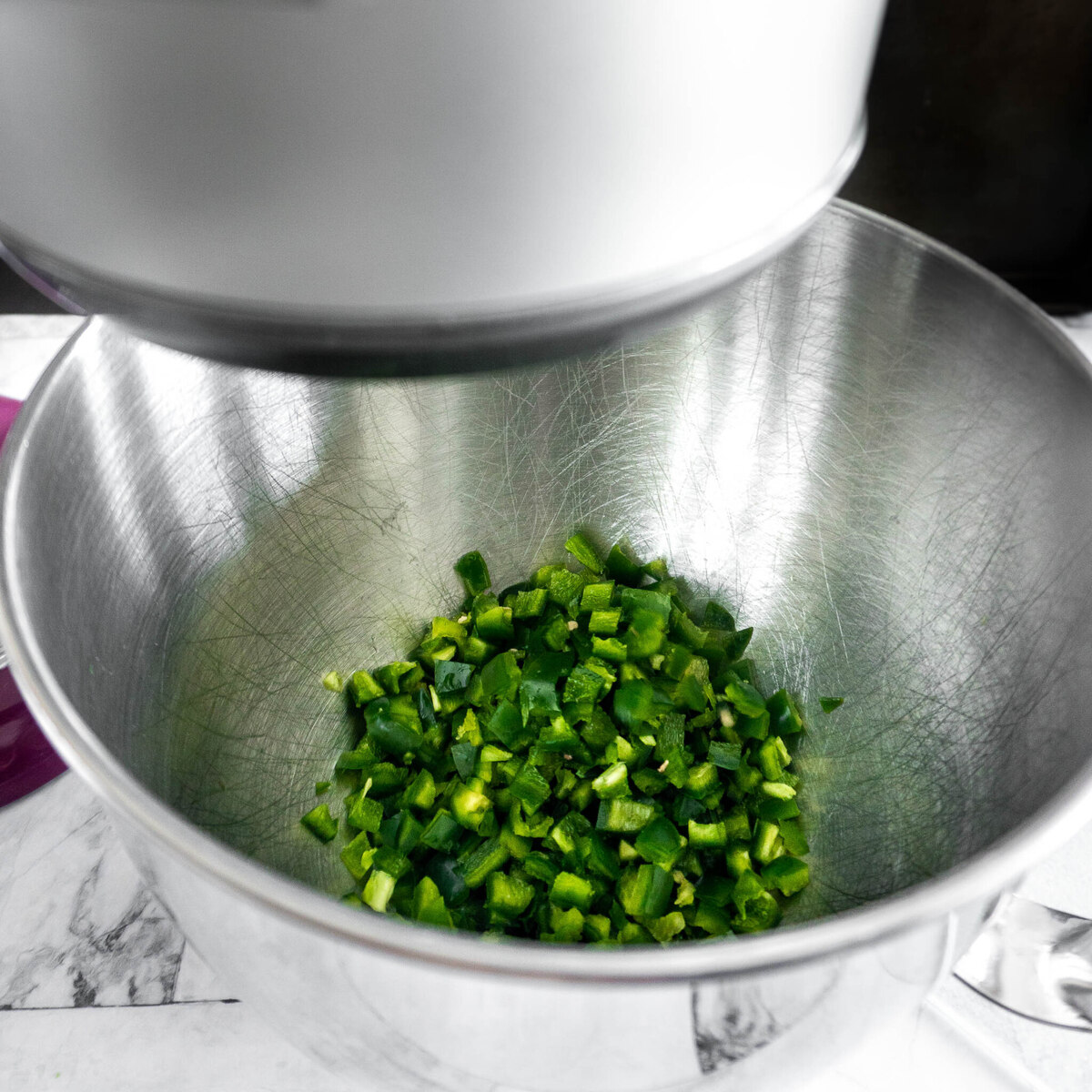

0 thoughts on “How To Dehydrate Lemons In A Dehydrator”